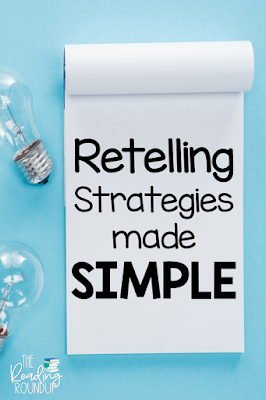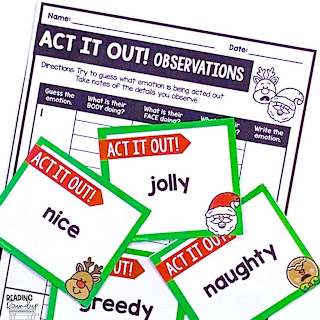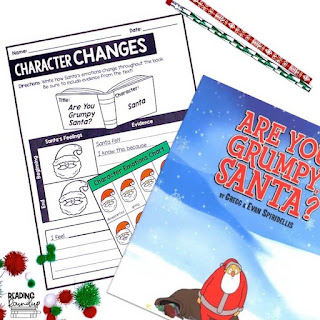I recently found the book These Hands at the Scholastic Book Fair and immediately fell in love! Using beautiful illustrations, this book tells the story of a grandfather teaching his grandson all of the amazing things he can do with his hands like playing the piano or throwing a curveball. But he also shares things his hands couldn't do during his past, like bake bread at the Wonder Bread factory. Even the youngest readers will be able to gain new understandings about our country's past through this inspirational story.
*post contains affiliate links*
 |
| Click to find out more about this book! |
** Side note, if you don't already own their book you need to stop what you're doing and go order it now! It is by far the BEST professional book I've ever read. It addresses the need for authentic reading as well as offers practical suggestions on ways to get students engaged in their reading. **
 |
| Click to find out more about this book! |
WHAT IS BHH READING?
Reading is meant to be a personal and engaging experience in which we make connections and reflect on the text. We want students to actively think about the text instead of being passive readers. This BHH (Book, Head, Heart) Reading Strategy helps students pay attention to the words the author has written and also reflect on what those words mean to them.
In the BOOK
Students are encouraged to think about what information is explicitly stated within the text. We want to make sure they can accurately summarize the information, answer text-dependent questions, and identify the theme. They may answer questions such as:
- What is this about?
- Who is telling the story?
- What does the author want me to know?
In my HEAD
Students begin to think beyond the text, dig deeper into what is being said, and make connections. Students need to consider how the text fits with and impacts their own thinking. They may answer questions such as:
- What surprised me?
- What changed, challenged, or confirmed my thinking?
- What does the author think I know?
In my HEART
Students reflect on the story and their personal connections. Reading should move us so we want them to think about their feelings which are provoked by the text. Students may respond to questions such as:
- What did I learn about me?
- What did this text help me learn about others?
- How will this help me to be better?
 |
| Click to download this FREE resource! |
HOW TO IMPLEMENT BHH READING?
This strategy can be used with almost any book! You obviously want to find stories with a powerful story when first introducing the strategy so that students have content they can reflect on easily.
All of my students have their own composition notebooks that we use for their reading responses. Ideally, you want your students to realize they can implement the strategy on ANY text with any paper they happen to have nearby. By forcing students to only record their thoughts on a specific template or graphic organizer it hinders their ability to transfer the strategy to other texts.
The BHH strategy will require plenty of teacher modeling and student practice before they will find success independently. Model your thinking as you read the story aloud and write your reflections using the gradual release of responsibility model. After that, you will want students to gain opportunities to practice the strategy with your support. During this time, you may want to assign a specific question/prompt in which you want students to respond. Providing students with ample time to discuss their responses will also be beneficial to help them learn from each other and improve their ability to think more deeply about the text. Eventually, with enough practice, the students should be able to reflect on the text independently.
ADDITIONAL BOOKS TO USE
- The Other Side by Jacqueline Woodson
- Henry's Freedom Box by Ellen Levine
- A Piece of Home by Jerri Watts
- How Many Days to America? by Eve Bunting


































